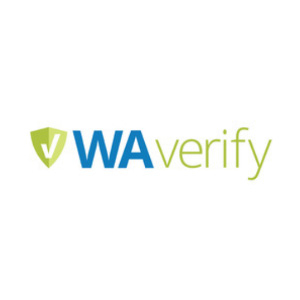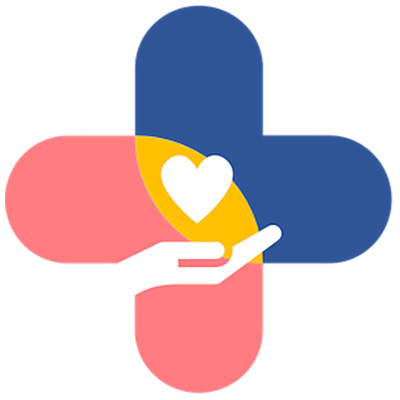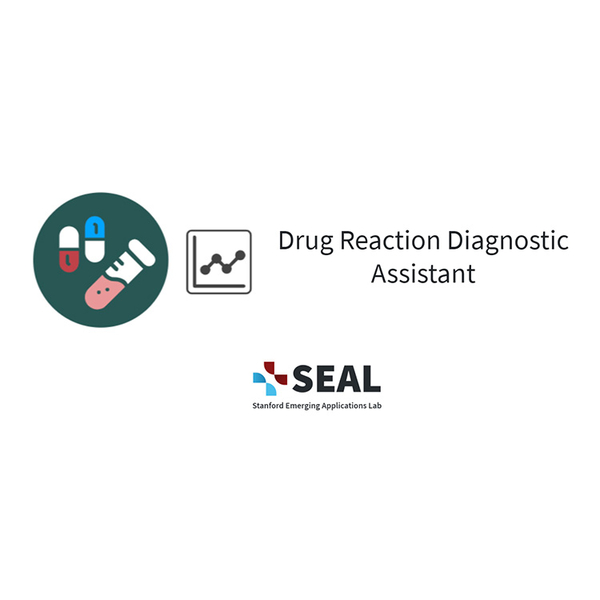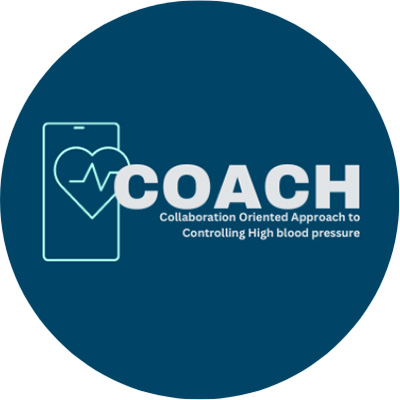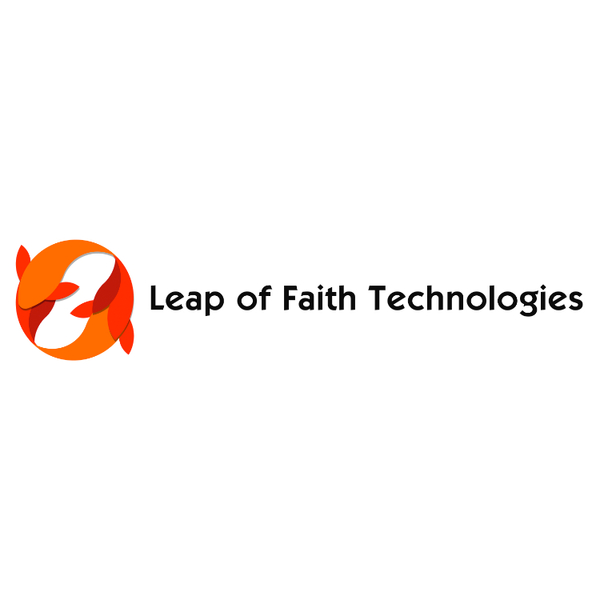2023 AMIA/HL7 FHIR App Competition
Finalists
|
Case Based Learning on FHIR
|
|
|
SMART Health QR Codes Ready for Take-Off
|
|
|
Multiple Chronic Conditions eCare Plans for Patient and Caregiver Engagement
|
|
|
Drug Reaction Diagnostic Assistant
|
|
|
EMR to EDC SMART App a part of Digital Trial Solution
|
|
|
DBS CareTrek
|
|
|
GuidedOR: A Real-Time Medication Safety Software Platform for the Operating Room
|
|
|
COACH – Collaboration Oriented Approach to Controlling High Blood Pressure
|
|
|
Family-Driven Tobacco Cessation Clinical Decision Support
|
Submissions
The submission process is now closed.
AMIA and HL7 are partnering again to bring an exciting application competition to the AMIA 2023 Annual Symposium, November 11 – November 15, in New Orleans, LA. The FHIR® App Competition is generously sponsored by Leap of Faith Technologies. AMIA 2023 is the place for you if you have to offer or are interested in innovative and practical software applications that use FHIR®!
The HL7 Fast Healthcare Interoperability Resources (FHIR®) Standard has become a sizzling-hot method for accessing information in health information technology systems. As patients move around the healthcare ecosystem, their electronic health records must be available, discoverable, and understandable.
FHIR® is making that possible, based on over 30 years of work by HL7 on healthcare data exchange and information modeling standards. The competition is intended to highlight the best and most innovative FHIR® implementations. Importantly, AMIA and its partners are committed to help make a larger audience aware of your software and thus broaden adoption. If you would like your software to get critical review and exposure through AMIA, you have come to the right place!
Requirements
Your app must:
- currently be used in real-world practice (if a non-student submission), and
- use FHIR to access health-related data.
- If a student submission, must have a minimum viable prototype.
FHIR Application Review Process
A panel of FHIR® experts and developers from HL7 and AMIA will review your application based on your submission. While it is not necessary for the reviewers to access your application in a production setting, you need to provide sufficient materials to support a thorough review. The reviewers will select a set of approximately 9 applications for presentation at the AMIA 2023 Annual Symposium.
Presentations
The competition will take place on Tuesday, November 14, 10:30 am – 12:00 pm. EST. You will have approximately eight minutes to present your application. Present the problem you are trying to solve, tell attendees how you went about designing and implementing your solution, and wow the audience! Presentations will not include the opportunity for questions to allow us to showcase the maximum number of applications possible. At the end of the session, attendees will vote on the top three entries!
Submission Template
- Title
- Category: Academic, Industry, or Student.
- Letter of Support: If a student submission.
- Project abstract (1,000 characters): Summarize your submission briefly, including information about the problem you’re trying to solve, how you have solved/are solving it and how your solution works in practice.
- Project rationale, impact and innovation (3,500 characters): Describe the problem/issue your submission is trying to address. Who does the problem affect? What is the impact (in terms of reduction of morbidity/mortality, number of people/patients affected, etc.) of solving the problem, both in the long as well as in the short term? In what ways is your project innovative?
- Project design and implementation (7,000 characters): How did your design address the problem? How did you implement your solution and what requirements must be met to be able to do so? What challenges did you have to overcome?
- Project evaluation and sustainability (3,500 characters): What kind of qualitative and quantitative data did you gather to evaluate your project, and what conclusions do you draw from them? Did your project achieve its goals in terms of implementation and impact? How will your project be sustained?
- Who is the intended user/audience of your app?
- Twitter project summary (140 characters)
- How is FHIR being used in the app? (500 characters)? Briefly describe how your application leverages the FHIR standard, for instance as an end user-facing app or a machine-to-machine interface.
- What FHIR release and FHIR resources does your application use (500 characters)? This technical information will help competition attendees evaluate whether they could potentially adopt your application.
- What is the data source for the FHIR resources and how are the FHIR resources accessed (500 characters)? e.g. SMART-on-FHIR API specified by Argonaut, FHIR bundles retrieved from a FHIR server, etc.
- FHIR Resources (Upload FHIR Capability Statement or list resources used in your app)
- Does your app use US Core profiles or other implementation guides?
- What FHIR technologies does your app use? SMART, CDS Hooks, Bulk, CQL, etc.
- Any other information about the project we should know about? (1500 characters)
- Logo/headshot and promotional photo
- Does your solution have paying customers? (yes/no)
- When was your solution conceived?
- When was your solution implemented?
- How many users does your solution have and/or how many patients have been impacted by it? (please indicate time frame)
- Website/URL
- Agreement to publish your application in the SMART App Gallery if feasible. yes/no
- Student submitted apps must contain an attestation signed by their primary advisor with the following:
- The name and address of the training program;
- Clear identification of the primary advisor of the student submitting the paper;
- All co-authors and a description of each author's contribution to the work;
- An attestation of the student's contribution to the development of the application;
- The student will be asked to upload a PDF of the attestation letter signed by their primary advisor confirming items a-d above.
Contact us if you have any questions or comments
After the competition, you may be contacted by informatics researchers who are interested in helping evolve the standard to meet the needs of the app development community.

